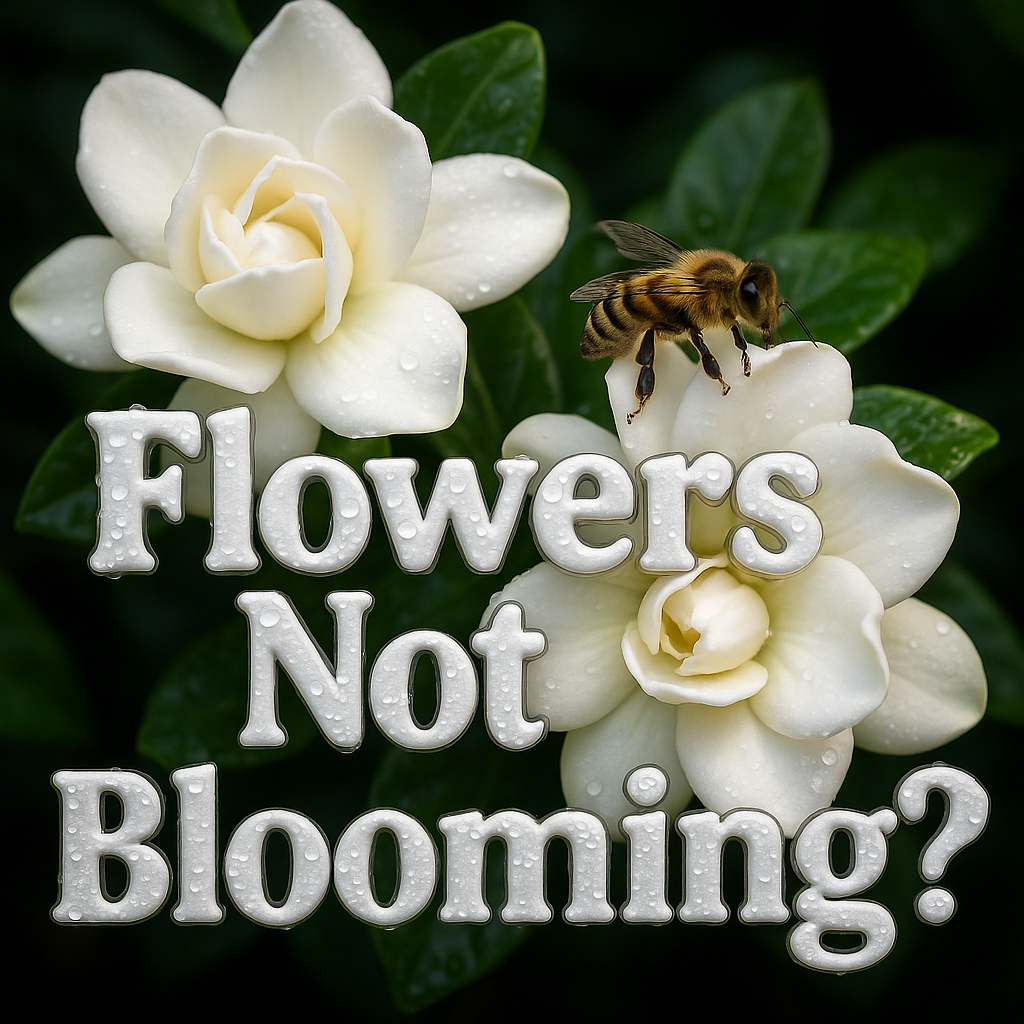Why Aren’t My Flowers Blooming? Nutrient Tips to Get More Blooms with Carbotein
Few things are more frustrating for gardeners than lush green plants that refuse to bloom. If your flowers are growing leaves but not producing buds, the issue may be tied directly to nutrient imbalance, soil biology, or plant stress.
Here’s how to fix it—naturally—with Carbotein, a powerful yet gentle plant-based nutrient solution made for both turfgrass and ornamental gardens.
🌸 Common Reasons Your Flowers Aren’t Blooming
-
Too Much Nitrogen
– Nitrogen fuels leafy growth, but too much can suppress flower formation. Many synthetic fertilizers overload nitrogen and neglect the nutrients that drive blooms. -
Too Little Phosphorus & Potassium
– Phosphorus encourages root and bud development; potassium supports flowering and overall plant strength. Without them, buds fail to form or drop prematurely. -
Lack of Micronutrients
– Elements like magnesium, calcium, boron, and iron play essential roles in flower development and color. -
Poor Soil Biology
– Soil microbes help unlock and deliver nutrients to the plant. Without a healthy microbial population, even fertilized soil may underperform. -
Environmental Stress
– Heat, drought, transplant shock, or compacted soil can reduce bloom cycles, especially during peak growing months.
🌿 Nutrient Tip: Use Carbotein to Trigger Bloom Cycles Naturally
Carbotein is a natural, plant-based nutrient and biostimulant made to support strong, balanced plant growth. It doesn’t rely on high doses of synthetic N-P-K, but instead feeds the soil and plant system organically, encouraging:
-
Bud formation
-
Flower production
-
Microbial activity
-
Root strength
-
Stress tolerance
✅ Why Carbotein Works for Non-Blooming Flowers
-
Balanced Nutrition – Supplies amino acids, organic acids, and soluble proteins without nitrogen overload.
-
Bloom-Stimulating Ingredients – Supports the full range of macro- and micronutrients necessary for flowering.
-
Soil Microbe Activation – Improves soil biology, helping unlock phosphorus and potassium.
-
Stress Recovery – Aids recovery from heat, drought, or transplant shock.
-
Safe and Versatile – Can be used as a soil drench or foliar spray, and is safe for use around pollinators and pets.
🧪 How to Use Carbotein to Boost Flowering
Application Rate for Flowers & Ornamentals:
-
Mix 1–2 oz per gallon of water.
-
Apply as a foliar spray or directly to the base of the plant as a soil drench.
Timing:
-
Apply every 10–14 days during the growing season.
-
Early morning or late afternoon is best for foliar sprays.
Pro Tip: Pair Carbotein with a soil surfactant like Penterra or Humawet for deeper, more effective delivery to the root zone.
🌼 What to Expect After Applying Carbotein
-
Week 1: Healthier, darker foliage and perked-up appearance.
-
Week 2–3: New buds begin to form.
-
Week 4: Noticeable increase in number and size of blooms.
Gardeners often report fuller flower beds, brighter blooms, and longer-lasting flowers after 2–3 regular applications.
🛡 Bonus: Safe for Bees, Butterflies & Hummingbirds
Carbotein contains no synthetic chemicals, animal waste, or harmful residues. It’s 100% plant-based and eco-friendly—safe to use in gardens visited by pollinators and pets.
📦 Where to Buy Carbotein
Carbotein is available directly from GeoponicsCorp.com or through select garden and landscape distributors. For homeowner packs or bulk options, contact Geoponics for recommendations.
🌸 Final Thoughts
If your flowers aren’t blooming, don’t just feed them more nitrogen—feed them smart. A balanced, soil-friendly product like Carbotein can restore your garden’s bloom cycle naturally by improving soil biology, balancing nutrients, and encouraging bud formation from the roots up.
Want big, bold blooms? Carbotein helps you grow flowers that finally show up.

